Revive old WordPress posts with AI and Uncanny Automator. Learn how to reverse content decay…
How to Identify Anonymous Shoppers and Recover Lost Revenue
Losing sales because of anonymous shoppers? Learn how to identify these covert customers with Uncanny Automator and the best tracking and lead capture plugins for WordPress.
Are your sales getting lost in a sea of anonymous online shoppers? You’re not alone.
In fact, in aggregate, about 85% of online shoppers will stay logged out during their entire e-shopping experience. That means no user data, no customer profile, and no way to personalize their experience or re-engage with them after they leave. Worse still? Those anonymous shoppers are often your most promising leads—actively browsing, adding items to their cart, and then simply disappearing.
So, how do you turn those ghosts into guests?In this guide, we’ll walk you through the real reasons you’re losing revenue to anonymous traffic and show you six proven ways to start identifying, tracking, and converting these mystery shoppers into loyal customers. The best part is, you can do it all with tools you likely already have—right inside your WordPress site.
↓ Want solutions right now? Jump ahead to see how Uncanny Automator can help ↓
Whether you’re running WooCommerce, Easy Digital Downloads, or another WordPress-powered storefront, you’ll find solutions in this article. Plugins like MonsterInsights and Uncanny Automator make it easy to both track anonymous behaviors and create powerful lead magnets to reduce anonymous traffic.
Ready to recover your lost sales? Let’s dive in and take the mystery out of your traffic.
What Are Anonymous Shoppers? (And How Much Are They Costing You?)
Every online store has them: site visitors who land on a product or pricing page, add a few items to their cart—maybe even reach the checkout screen—then slip away without a trace. These are your anonymous shoppers—and they could be quietly costing you thousands in lost revenue.
So, who exactly are anonymous shoppers? Anonymous shoppers generally fall into one of two categories:
- Anonymous visitors who browse your site without ever creating an account or logging in.
- Guest shoppers who do have an account but who choose, for their own reasons, not to log in during their visit.
In both cases, these shoppers remain unidentified. That means:
- No user data or purchase history to inform recommendations and upsells.
- No session data to contribute to an existing customer profile.
- No insight into their behavior or intent.
By contrast, registered users leave digital fingerprints all over your eCommerce store. You can follow their activity across your site, build a profile of their habits, personalize their experience, and gain valuable behavioral insights to make site and product improvements.
But anonymous visitors? They’re the window shoppers of the eCommerce world—nameless faces beyond a veil you can’t seem to get past.
The Hidden Cost of Staying Anonymous
Anonymous shoppers aren’t just a mystery—they’re a major missed opportunity.
Just by their nature, it’s difficult to gather data on these covert clients. After all, flying under the radar is their whole M.O. However, there are a few stats that give us an idea of just how much money these quiet customers take with them when they disappear.
- eCommerce businesses lose $18 billion annually from abandoned carts and unrealized purchases.
- 1 in 4 shoppers will abandon their carts if they’re asked to create an account.
How Anonymous Shoppers Typically Behave
Despite staying under the radar, anonymous shoppers often behave just like loyal customers. They might:
- visit multiple times over several days,
- browse specific categories or high-value products,
- add items to their cart,
- reach the checkout page—only to vanish.
You can’t email them. You can’t segment them. You can’t even offer support if something goes wrong.
But here’s the good news: just because they’re anonymous now doesn’t mean they have to stay that way.
In the next section, we’ll show you six proven methods for identifying and tracking these mystery shoppers, with or without an account.
↓ Skip ahead to the Automator-powered solutions ↓
4+ Proven Methods to Identify Anonymous Shoppers
Tracking anonymous shoppers might seem like a challenge—but it’s not impossible. With the right tools and strategies, you can start to build a picture of who your visitors are and what they’re getting up to, regardless of whether they are logged in to an account or not.
Here are six proven methods you can use today—along with recommended plugins and apps that integrate seamlessly with your WordPress store.
1. Cookies and Session Tracking
Cookies are small text files that your website stores in a visitor’s browser. They help track session activity by assigning a unique ID to each visitor—even if they never log in or submit a form.
Cookies are among the most common and straightforward ways to track anonymous shoppers. In fact, approximately 40% of websites use cookies. And, by default, your WordPress website is likely one of them.
If you don’t know which cookies your WordPress website is already using, you can easily find out. Just follow these steps:
- In Chrome (or your preferred browser), navigate to your website.
- Right-click on the page and select “Inspect”.
- In the Inspector panel on the right-hand side of the browser window, navigate to the “Application” tab.
- In the left sidebar, expand “Cookies” under “Storage”.
- Click on your domain name and the cookies that your site uses will appear.
This will show both WordPress core cookies and any cookies added by plugins, themes, or custom code.
Recommended Tools:
- MonsterInsights: Harnessing the power of Google Analytics, which uses cookies to track over 100 data points, MonsterInsights is the leading, full-suite analytics plugin for WordPress websites. Using cookies, MonsterInsights helps you create site visitor profiles, generate reports, and more.
- Cookie Notice & Cookie Compliance: Once you have established which cookies your website is using, you’ll have to ensure that your site remains GDPR and CCPA compliant.
Limitations:
- Session cookies expire when a browser is closed.
- Users can manually delete cookies at any time.
- Cookies are stored on devices and cannot be tracked across devices.
- Many browsers block third-party cookies in incognito mode.
2. IP Address Logging
While not personally identifiable on its own, an IP address can help you approximate a visitor’s location, identify repeat visits, and build behavior profiles over time—especially when combined with other identifiers.
Though it’s not clear what percentage of eCommerce websites already track IP addresses, it is a common practice. And it’s not hard to understand why. Tracking IP addresses allows you to track:
- repeat visits from the same IP,
- geo-specific behavior,
- anonymous downloads and form activity.
Short of a user account, IP addresses are about as close to an e-signature as you’ll get.
Recommended tools:
- Uncanny Automator: Trigger IP address tracking from any number of site behaviors, from page views to button clicks and form submissions to comments/reviews.
Limitations:
- There are legal privacy and security concerns with collecting and tracking IP addresses (jump down to learn more).
- Users can mask or change their IP address with VPNs and proxies.
- ISPs often use dynamic IP addresses (IPs that change after a period of time).
- IPs change across networks for the same user (public wi-fi, home network, mobile hotspot, etc.)
- Some IPs might be shared within networks (companies, homes, etc.)
3. Heatmaps and Behavioral Analytics
Personally identifying your anonymous shoppers isn’t always necessary for understanding their behavior. If you can track the behavior itself, then you can begin to reveal your site visitors’ preferences without ever even collecting an email address.
That’s where heatmaps and session recordings come in.
Site heatmaps are visual representations of user interaction data on a webpage. They show where users click, move their mouse, scroll, or focus their attention, using color gradients to indicate activity levels—typically ranging from red (high activity) to blue (low activity).
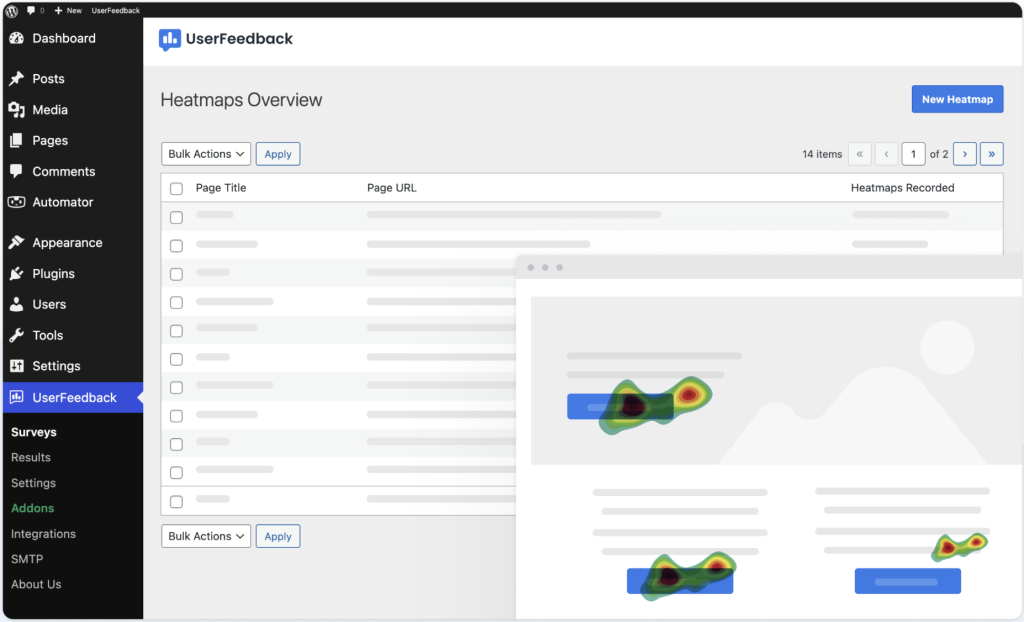
Heatmaps and session trackers won’t help you identify anonymous shoppers. But, they can still help you track valuable information that you can use to optimize your site for your customers. Here’s some of what heatmaps can track:
- Clicks
- Scroll depth
- Mouse movements
- Entry and exit pages
- Funnel bottlenecks
Recommended tools:
- UserFeedback by MonsterInsights: Get a visual representation of your site traffic to understand anonymous shoppers and loyal customers alike.
Limitations:
- Heatmaps, unless specifically configured, do not differentiate between new and existing site visitors.
- Heatmaps do not track conversions.
- Most heatmaps, particularly for high-traffic sites, often randomly sample visitors, i.e., they do not track every visitor’s every move.
- Responsive design elements might skew heatmap results.
- Some heatmaps don’t support tracking of dynamic content (dropdowns, accordions, modals, popups, etc.).
4. Progressive Profiling with Email Capture
As we learned earlier, 25% of site visitors will abandon their cart if asked to create an account. However, by reducing friction throughout the buyer’s journey up to and including checkout, you can get anonymous shoppers to remove their mask.
You can collect their email with a lead capture offer, enable guest checkout, and still collect more information such as shipping and billing information. Over time, as the user returns to your site and begins to trust your brand, you can slowly collect additional information and complete their customer profile.
This process is known as progressive profiling.
What you can track:
- Progressive profiling empowers you to track anything you would with a regular user, but draws the process out over a longer period of time, and maximizes each data point.
Recommended tools:
- WPForms: As the most popular form-building plugin with versatile fields, WPForms is well-suited to progressive profiling and even has preconfigured templates for GDPR and CCPA compliance.
- OptinMonster: Popups, slide-ins, exit intent, and more are all tools that OptinMonster offers to respond to site visitor behavior and gradually build a rapport.
- Uncanny Automator: Add to and update user profile information in WordPress, your CRM, or external databases with automated workflows that quietly and securely operate in the background.
Limitations:
- User drop-off (when a user fails to return to your site or take sufficient actions during a site visit to complete a profile) is not uncommon with progressive profiling.
- Inconsistent data can occur with progressive profiling, especially if a user switches devices, uses fake or dummy emails, clears cookies, etc.
- Can be technically challenging without an automation and integration tool like Automator.
- UX and UI are often determining factors in successful progressive profiling.
5. Cart Persistence
Abandoned carts aren’t always, well, abandoned. Sometimes, shoppers simply need a little more time to make a decision, get their payment method ready, or get distracted. In those instances, cart persistence is a powerful tool for getting customers across the finish line.
Cart persistence is a feature that stores items in a shopping cart across sessions. Depending on the method of data storage (client-side or server-side), shopping carts can remain intact for hours, days, or even weeks.
Cart persistence features aren’t necessarily used for identifying anonymous shoppers. Instead, eCommerce businesses use cart persistence to increase conversion rates on all shoppers, regardless of their user status. Nevertheless, cart persistence can help you track:
- Repeated interest in specific products.
- Cart value over time.
- Anonymous cart abandonment behavior.
Recommended tools:
- WooCommerce: The most popular eCommerce plugin for WordPress websites has native support for cart persistence for both logged-in users and guests (or anonymous shoppers). To learn more about Woo’s cart persistence feature, click here.
Limitations:
- Not all cart persistence apps and plugins work across devices.
- Users can clear their browsing history and cookies, erasing client-side persistent cart data.
- Some browsers block persistent cart tracking features.
- Cart persistence alone does not identify anonymous shoppers.
*6. Device and Browser Fingerprinting*
(Note: We recommend exercising extreme caution when using this method. Consent and disclosure are required by law.)
Fingerprinting is a technique used to track and identify users on the internet based on unique characteristics of their device and browser. While cookies use client-side storage, fingerprinting uses server-side storage and generally collects more information.
Whenever an internet user visits a website, their browser automatically sends reams of information to the server. Typical information sent to servers includes browser type, device model, screen resolution, installed fonts, etc.
Individually, these data points don’t say much. However, altogether, they create a unique digital fingerprint that can be used to identify anonymous site visitors.It is worth noting again that fingerprinting is a controversial method of data collection. If you intend to use fingerprinting, disclosure and consent are highly recommended and, in most cases, legally required.
Now that we’ve explored a few methods of identifying anonymous shoppers and increasing conversions, it’s time to put what we’ve learned into practice. In the next few sections, we’ll show you how to combine these tracking methods with Uncanny Automator.
We’ll show you a few Automator recipes for building profiles of anonymous shoppers, converting leads, and more. Let’s recover lost revenue with smart, privacy-friendly automations.
Uncanny Automator: eCommerce Tool for Anonymous Shoppers
Integrate anything. Automate everything.
Uncanny Automator is the #1 automation and integration tool for WordPress websites, packed with countless features to empower eCommerce businesses.
From AI-powered shopping assistants to CRM tagging, auto-generated sales reports, and social media integration, Automator is the all-in-one solution to boost your bottom line.Using simple combinations of triggers and actions, Automator allows you to connect your WordPress tech stack to automate workflows across your website and beyond.
So, how can Automator help you identify anonymous shoppers? These are the Automator features that thousands of eCommerce businesses are currently using to recover lost revenue:
- IP Address Logging: Whether for logged-in users or anonymous shoppers, Automator makes it easy to track site behavior with IP addresses. With countless triggers and actions to choose from, you can track just about any kind of site behavior, from page views to button clicks. And, with 214 integrations, Automator gives you more platforms for logging and analyzing session data, whether you prefer Google Sheets, Airtable, your CRM, or another webhook-capable database platform.
- Lead Capture Automation: Automator integrates seamlessly with popular lead capture form-building plugins like WPForms, Gravity Forms, Fluent Forms, and more. These deep integrations allow you to automate contact and account creation in your CRM, follow-ups, tagging, and segmentation the moment a visitor submits a form. Combined with Automator’s built-in features such as action filters, you’ll capture more leads with less friction.
- Seamless eCommerce Integration: Whether you’re running WooCommerce, Easy Digital Downloads, or another eCommerce platform, Automator connects deeply with your store’s checkout, product, and customer data. This means you can trigger automations based on product views, purchase history, cart value, coupon use, and more.
- Powerful Addons to Engage Anonymous Shoppers: Automator’s Pro addons give you even more ways to understand and engage your visitors:
- User Lists to group and retarget customers
- Restrict Content to create targeted lead magnets or incentives
- Custom User Fields to build detailed profiles over time
- Dynamic Content to personalize blocks and calls-to-action based on session or account data
- Low-Cost Automation at Scale: Anonymous shoppers typically have lower conversion rates than logged-in users, so paying for every touchpoint or automation adds up fast. However, unlike other workflow automation and platform integration tools, Automator is free to get started, with no per-automation fees—making it the perfect solution for high-volume tracking, progressive profiling, and light-touch engagement.
Ready to recover your revenue?
Convert anonymous shoppers with Automator Pro >>>
Once you have Uncanny Automator installed and activated on your WordPress website, you can start tracking anonymous shoppers. To get started, try out these recipe templates on your own WordPress website:
Track Anonymous Product Views With Automator
Track every product or page view—even from anonymous visitors—with this ready-to-use recipe. Each time a visitor to your site, logged-in or anonymous, views a product, Automator logs their IP address along with the product/page they viewed and a timestamp in a connected Google Sheet.
This recipe is perfect for building behavioral profiles, spotting trends, and identifying high-intent traffic—all without requiring users to log in.
Track Anonymous Button Clicks With Automator
Want to track when anonymous visitors engage with key CTAs on your site? This recipe template uses Automator’s Magic Button to log every click—no account or login required. Whether it’s a “Buy Now,” “Learn More,” or “Download” button, each click creates a new row in Google Sheets, allowing you track everything from IP addresses to timestamps and locales.
Add a secondary action to redirect the site visitor to get them moving through your lead capture process or sales funnel.
Track Anonymous Form Submissions With Automator
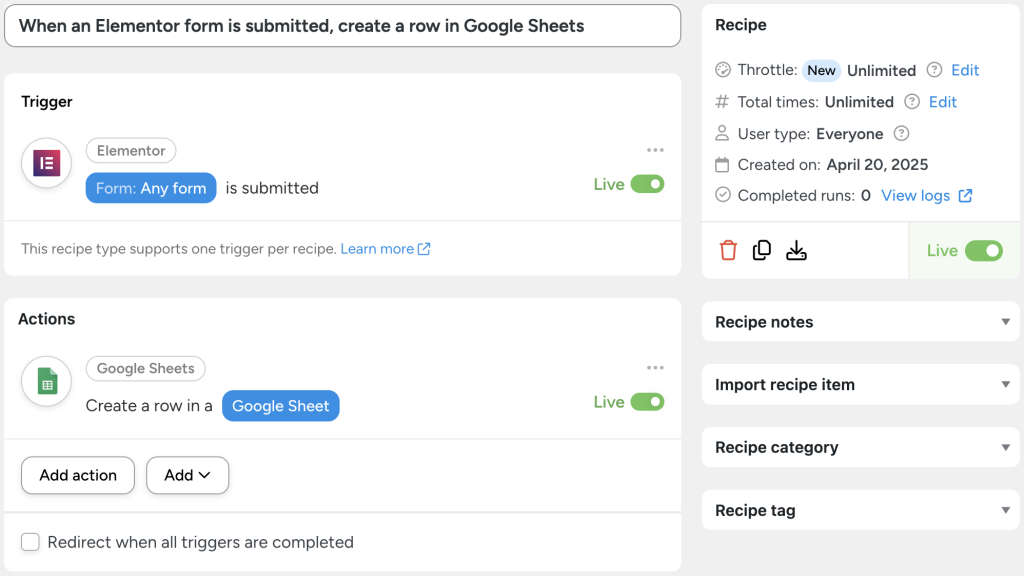
Capture high-intent leads the moment they engage—even if they never log in. This recipe automatically logs every Elementor form submission to a connected Google Sheet, giving you an organized view of anonymous shopper activity across your site.
Using Automator’s IP address tracking capabilities, you can even attribute multiple submissions to the same site visitor, allowing you to use progressive profiling to reduce friction for the user.And if you’re using a different form plugin? No problem. Uncanny Automator also integrates with WPForms, Fluent Forms, Gravity Forms, Formidable, and more—so you can build workflows around the tools you already use.
Best Practices and Legal Considerations
As we’ve seen, tracking anonymous shoppers can be a powerful way to recover lost revenue. But it also comes with responsibility.
Whether you’re using cookies, IP addresses, or progressive profiling techniques to learn more about your site visitors, it’s important to handle that information ethically, securely, and legally.
To ensure that you respect your site visitors while maximizing your tracking efforts, here are the best practices as well as some legal requirements every eCommerce store should follow.
GDPR and CCPA Compliance
If your site collects data from users in the European Union (EU) or California, then your store is subject to GDPR (General Data Protection Regulation) and CCPA (California Consumer Privacy Act) compliance.
Both laws are designed to protect user privacy and ensure that visitors know:
- What personal data is being collected
- Why it’s being collected
- How it will be used
- Who it may be shared with
- How they can opt out or request deletion
Even if you’re not located in the EU or California, your users might be. It’s safest to assume that data privacy laws apply globally—and to implement practices that reflect that. To learn more, visit the official GDPR website and/or the official State of California Department of Justice website for CCPA compliance.
Disclosure and Consent
Cookies are one of the most common tracking tools on WordPress sites. If your site uses cookies to:
- Monitor session activity
- Identify repeat visitors
- Power analytics or personalization features
…then you are required by law (in many jurisdictions) to inform users and obtain consent before collecting data.
What to do:
- Use a cookie banner or popup that clearly states what types of cookies you use
- Offer opt-in/opt-out choices, especially for non-essential cookies
- Link to a detailed Privacy Policy outlining cookie and data usage
Collect Only What You Need
Just because you can collect data doesn’t mean you should.
Avoid gathering personal or behavioral data that isn’t necessary for your marketing, analytics, or automation goals. Doing so not only adds legal risk—it can also erode customer trust.
Best practices:
- Stick to non-personally identifiable data unless you have explicit consent
- Use pseudonymization or anonymization where possible
- Regularly review the data you’re collecting and ask: Is this essential?
Respect the Value of Anonymity
Not every visitor wants to be known—and that’s okay.
Some shoppers choose guest checkout or private browsing for good reasons: privacy, convenience, or just not being ready to commit. Your job isn’t to force identification but to make it easy for them to opt in when they’re ready.
How to strike the right balance:
- Use progressive profiling instead of requiring full accounts
- Let users check out as guests, but offer incentives to register later
- Be transparent about how and why data is collected
Offer Control and Transparency
Privacy isn’t just a checkbox—it’s a relationship. Your visitors should always be able to:
- Access the data you’ve collected about them
- Request that their data be corrected or deleted
- Opt out of tracking where applicable
If you’re using Automator or other tools to store session or behavior data tied to a user, ensure that your system honors user deletion requests and privacy preferences. Automator offers full integration, making it easy to create, edit, and delete information when needed.
Keep Data Secure
Anonymous doesn’t mean exempt from protection. Even session data, IP logs, or pseudonymous behavior records must be stored securely.
Key tips:
- Use HTTPS across your entire site
- Secure data storage and backups with encryption where possible
- Avoid storing sensitive data in plain text or open databases
- Use 2FA to log into your WordPress website and other databases
Final Thoughts on Compliance
Tracking anonymous shoppers gives you another avenue for boosting conversions—but it must be done ethically and transparently. By following these best practices and respecting your users’ privacy, you can build a stronger, more trustworthy brand while still making data-driven decisions.
Conclusion
Anonymous shoppers are a fact of eCommerce life—but that doesn’t mean they have to remain a mystery. In this article, we explored who these shoppers are, how they behave, and the significant revenue loss they can cause. We looked at six proven strategies to help you track and engage with them, from session cookies and IP address logging to lead capture forms and cart persistence.
At every step of the journey, Uncanny Automator empowers you to put that knowledge into action. Whether you’re tracking product views, logging button clicks, or capturing form submissions, Automator helps you connect your tools, automate your workflows, and recover lost revenue—without writing a single line of code.
Track your anonymous shoppers with Automator >>>
With deep integrations, flexible triggers and actions, and no per-automation fees, Automator is the ideal solution for eCommerce businesses looking to scale their efforts without sacrificing customer trust or compliance.
Have fun recovering your lost revenue, and until next time, happy automating!
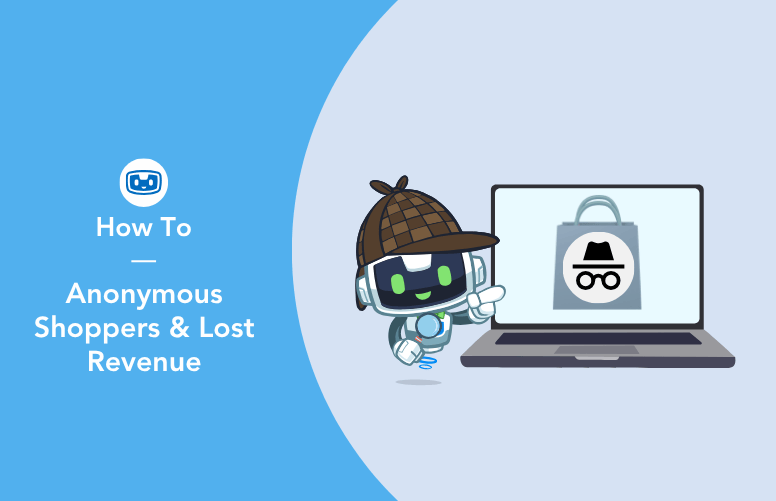
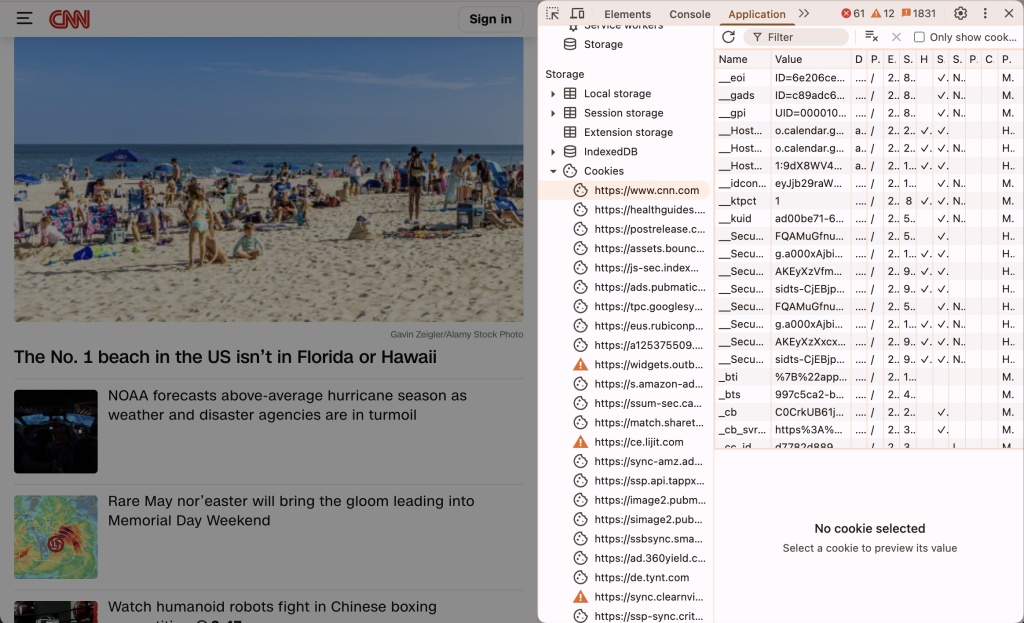
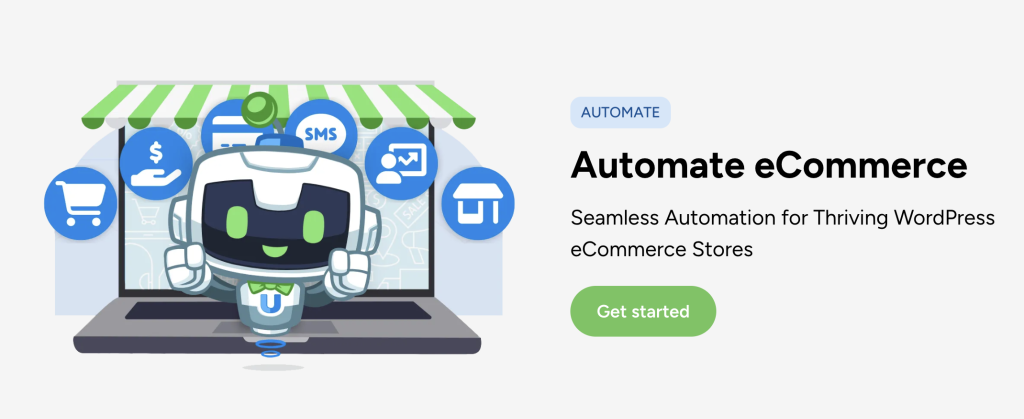
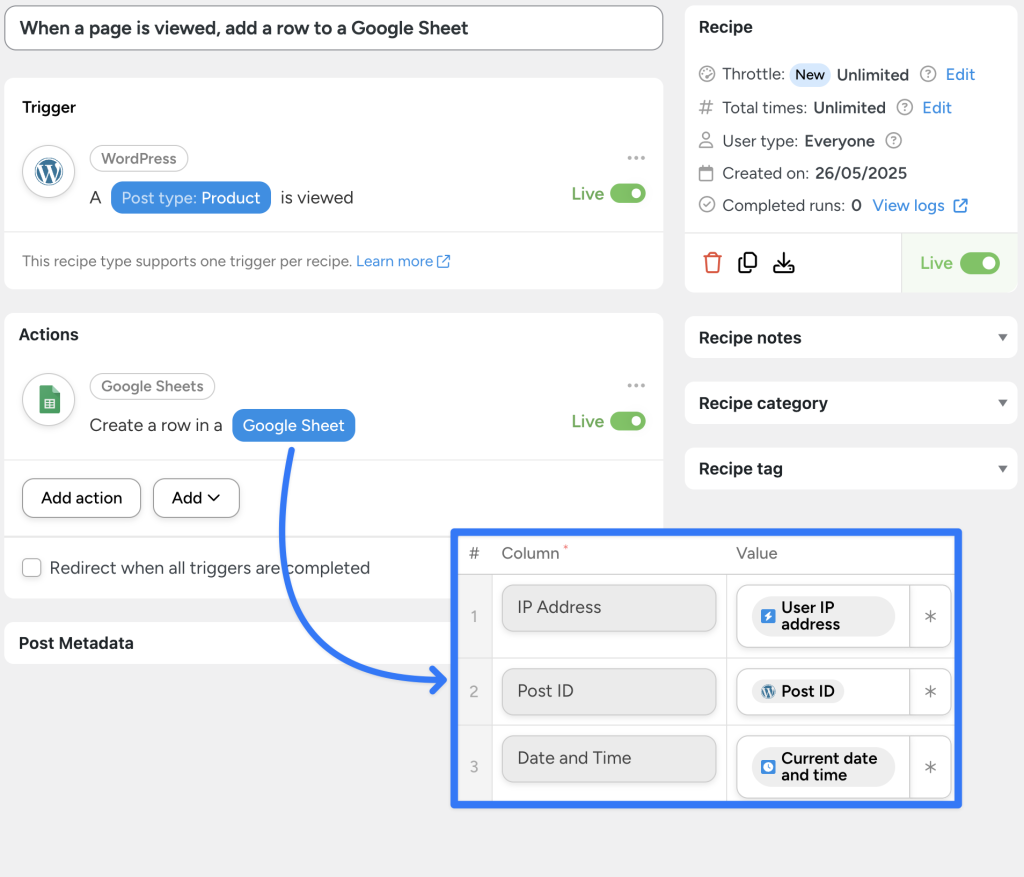
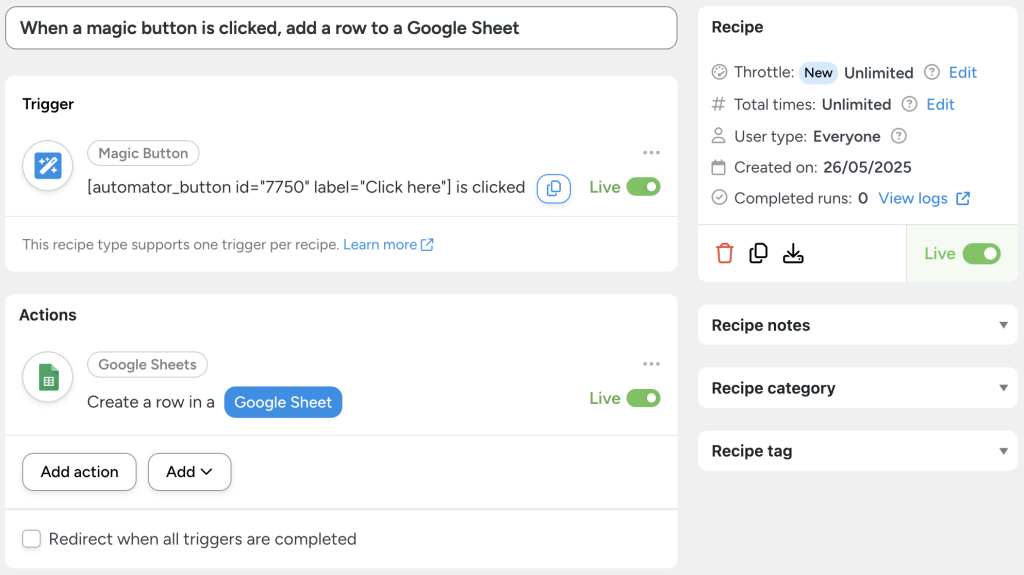

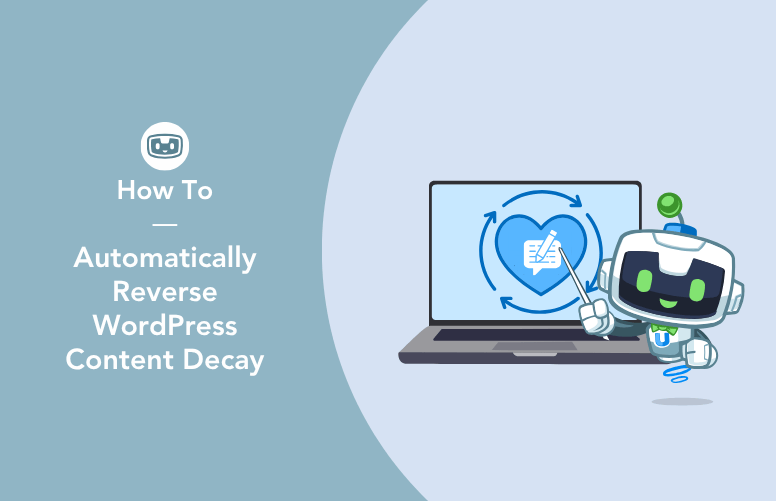
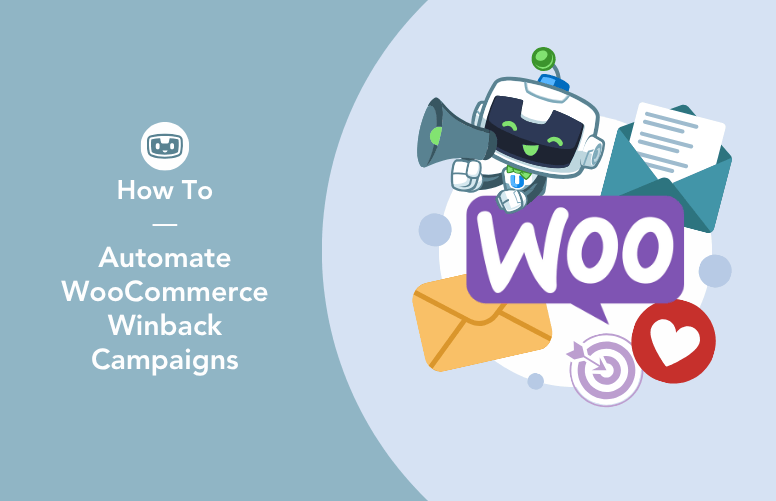
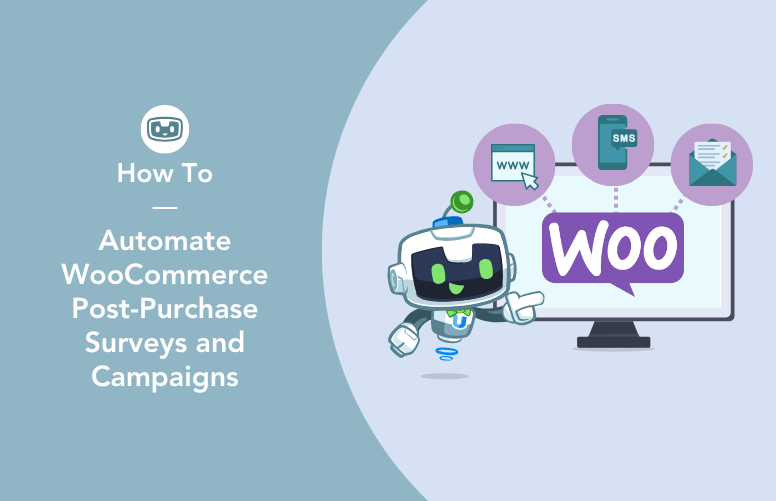
This Post Has 0 Comments